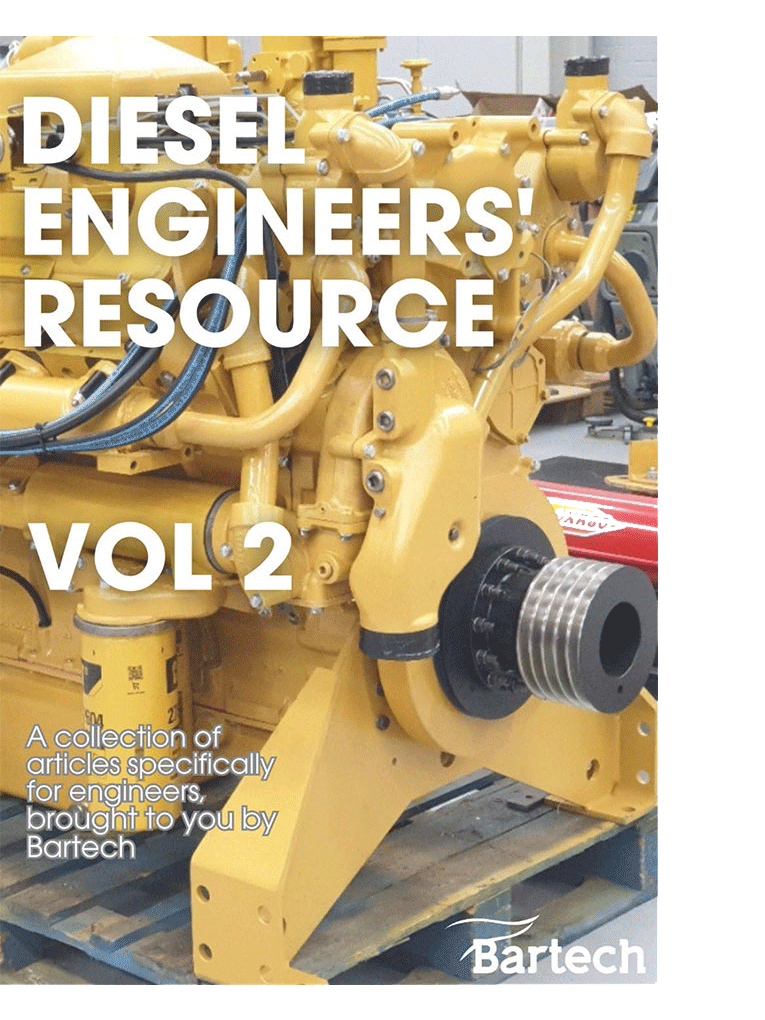We attended a power generation site in London recently to perform a 30,000hr service on their Jenbacher 620 engine.
And I’m glad we did since there were a few issues that could have been disastrous if left unchecked.
During the clean of the cylinder heads, we noted that the pre-combustion chamber pockets were showing signs of gas passing.
This meant we could not continue with this aspect on-site, and instead the heads needed to be sent back to Bartech for additional repairs.
While pressure testing the exhaust, we also discovered that the bellows and flanges were cracked.
The bellows were cut off, and we manufactured a jig so replacements could be welded on; with similar work required on the flanges too.
The intercooler – which had been cleaned by a 3rd party – arrived on site, and upon initial inspection, we found that the threads around the cooler had been damaged and not repaired properly, so it was not possible to mount the intercooler.
This was also sent to Bartech for additional repairs, and once in our workshop, we inspected the cooler, and all damaged threads were Heli coiled.
Where threads had previously been poorly Heli coiled at angles, they were drilled out to a larger size and plugs were fitted, before being re-drilled to the correct size.
The repaired cooler was sent back to the site and refitted, but once we refilled the engine with coolant the bleed/drain valves leaked, so we sourced and fitted a replacement set of valves.
Whilst in the workshop, we inspected the cylinder heads and found that the bottom machined face that seals on the pre-combustion chambers were worn.
When the pre-combustion chambers were removed, there was evidence of gas passing, along with reports from the customer of rising coolant pressure.
Each head was dismantled, the lower seat re-cut and then lapped to create a perfect seal.
Following this, each head was reassembled and pressure tested to confirm a good seal.
Once returned to the site, each cylinder head was mounted with new flame rings and O rings and torqued down on new studs using hydraulic jacks set to the correct pressure.
The exhaust damper was then inspected as it was reported that it was not closing properly and was leaking. When the cover was removed it was found the seal was in poor condition so when closed, it could not seal – a replacement unit was fitted.

These findings, though not major, could lead to engine overheating, gases escaping into the engine room and further issues.
Again, regular maintenance and checks on your critical engines not only ensure their efficacy, but also catch issues before they become costly, both in terms of money and downtime.


